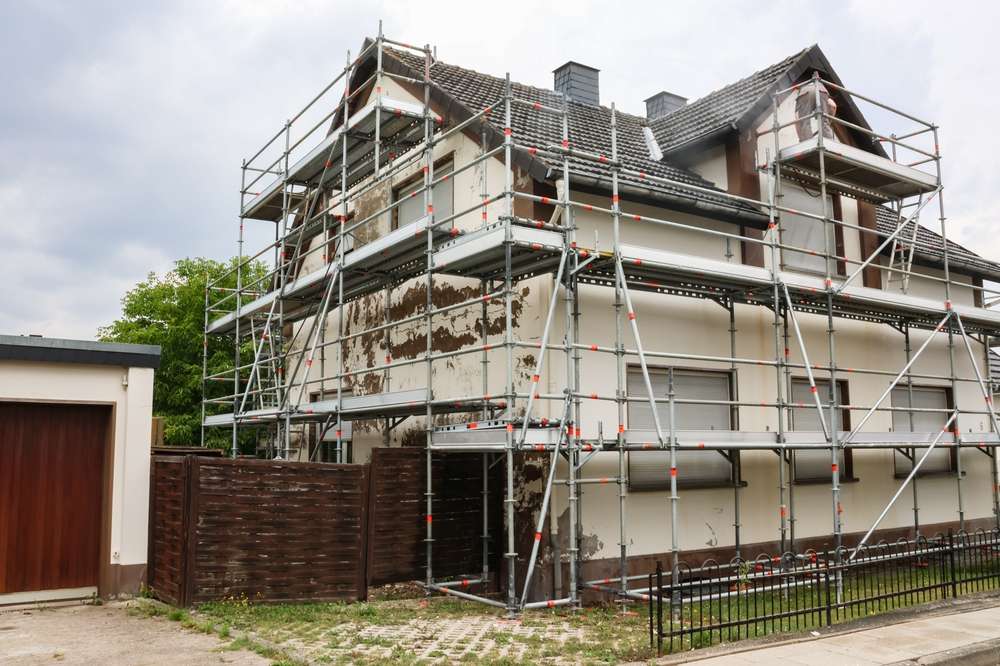Modular solutions for rapid deployment of liquid storage tanks
Modular approaches to liquid storage use prefabricated modules, standardised interfaces and integrated monitoring to accelerate deployment while maintaining safety and regulatory compliance. This overview explains how containment design, material selection such as polyethylene or fiberglass, protective linings and coatings, and systems for venting, sensors and leak detection combine to reduce installation time and support ongoing inspection, maintenance and lifecycle management.

Modular liquid storage systems enable faster deployment by combining factory-made tank sections, preassembled bunding and standardised connections. By reducing on-site civil works and complex welding, modular tanks shorten mobilisation and commissioning periods while maintaining containment and compliance. Prefitted access platforms, venting ports and integrated monitoring points help projects meet regulatory checkpoints and simplify handover to operations, providing a predictable foundation for long-term inspection and maintenance strategies. Modular design also supports staged expansion, allowing operators to add capacity or retrofit technologies with minimal disruption.
Containment and bunding considerations
Effective containment is foundational for safe modular storage. Secondary containment or bunding must be sized to capture potential spills and designed to local regulatory standards. Prefabricated bunding panels or trays fitted to modular bases allow consistent spill capacity and simplify testing. Incorporating sumps, drainage isolation valves and inspection ports into the module design improves operability and supports easy verification by local services. Thoughtful placement of bunding reduces the need for field modifications and streamlines documentation for compliance and audits.
How to reduce corrosion with linings and coatings
Managing corrosion starts with choosing suitable materials and continues with protective linings and coatings. Internal linings—such as epoxy or specialised polymer systems—prevent direct contact between aggressive chemicals and structural substrates, while external coatings protect against atmospheric corrosion and mechanical wear. Applying linings and coatings in factory conditions often yields higher quality and longer-lasting protection than site painting. A planned inspection regime focused on coating integrity supports timely maintenance or retrofitting, reducing the likelihood of unplanned outages due to corrosion-related failures.
Polyethylene or fiberglass: material choice
Material selection drives compatibility, durability and repairability. Polyethylene offers corrosion-free service for many products, lightweight handling and relatively simple repair procedures, making it common for smaller modular tanks. Fiberglass (glass-reinforced plastic) delivers greater structural stiffness, resistance to certain solvents and improved thermal tolerance, which can be advantageous for larger or more demanding installations. The choice between polyethylene and fiberglass should be informed by chemical compatibility data, expected mechanical loads, potential for lining or coating application, fire performance requirements and lifecycle expectations.
Venting and leak detection design
Venting design prevents overpressure and vacuum events during filling, emptying and temperature fluctuations; vents, pressure-relief devices and flame arrestors must be matched to the vapour characteristics of the stored liquid. Leak detection complements venting by providing early warning of breaches: level anomalies, vapour detectors and sensors in secondary containment can alert operators before incidents escalate. Combining robust physical containment with active leak detection forms a layered safety approach that reduces environmental risk and supports permit compliance and emergency response planning.
Monitoring and sensors integration
Integrated monitoring and sensors improve situational awareness and enable timely intervention. Typical sensor suites include level, pressure, temperature and vapour detection, often connected to SCADA or cloud platforms for remote oversight. Factory-fitted sensor mounting points and standardised communication interfaces reduce on-site wiring complexity and speed commissioning. Regular calibration and functional testing of sensors, together with scheduled inspection, make monitoring a reliable part of a predictive maintenance programme and strengthen overall leak detection capability. Data from monitoring can also inform lifecycle decisions and prioritise retrofitting activities.
Inspection, maintenance and lifecycle planning
A structured inspection and maintenance programme extends asset life and preserves containment performance. Routine visual checks, non-destructive testing where applicable, coating condition assessments and sensor calibrations should be scheduled and recorded. Modular systems can simplify maintenance by allowing sections to be isolated or replaced with minimal disruption, enabling targeted retrofitting when regulations or operational needs change. Documented lifecycle planning—including spare parts for linings and coatings, maintenance intervals and arrangements with certified local services—supports compliance and predictable operating performance over time.
Conclusion
Modular solutions for liquid storage balance speed of deployment with the need for safe, compliant operation. By integrating containment and bunding, selecting suitable materials such as polyethylene or fiberglass, applying reliable linings and coatings, and equipping systems with appropriate venting, sensors and leak detection, organisations can achieve faster commissioning and clearer maintenance paths. A disciplined approach to inspection and lifecycle management ensures continued performance as operational conditions and regulations evolve.



